
From the hills and forests, rising up with the business of raising goats for sale
Coming to Hoa An commune, Tuyen Quang province these late autumn days, it is easy to see herds of healthy goats grazing on the hillsides, an image reflecting a new direction in rural economic development here.
Taking advantage of the mountainous terrain and abundant natural food sources, Hoa An commune has been encouraging people to shift the agricultural economic structure towards commodity production, in which goat farming is considered a suitable and effective direction.
In Lang Ren 2 village, many households have boldly invested in barns, expanding the scale of breeding and commercial goat farming. Goats are raised in a semi-free range form, taking advantage of the grass fields along the hillsides and forest edges, both reducing feed costs and helping livestock develop naturally, with few diseases.
Barns are usually made of bamboo or wood, built high, airy, with floors 50-70 cm above the ground, ensuring hygiene and safety. With a reproductive cycle of about two litters per year, a mother goat can give birth to 2-3 kids per litter; after 7-8 months, they can be sold, bringing stable profits to the breeder.
Mr. Dinh Van Long, a pioneer in the goat raising movement in Lang Ren 2 village, shared: "My family is currently raising more than 20 breeding goats, selling about 10-15 each year, earning a profit of 30-40 million VND. Raising goats is not too hard, and we can take advantage of the hills and forests, so everyone in the village is excited."
From Mr. Long's model, the goat raising movement spread strongly in the village. Currently, the whole village has nearly 30 households raising goats with a total herd of about 500 goats.
Not only stopping at the household scale, some households have developed into large-scale livestock models. A typical example is Mr. Ha Duc Luan in Ba Hai village, who owns a herd of more than 100 goats, mainly Bach Thao and crossbred goats. Mr. Luan said: "Taking advantage of the wide hillsides and natural food sources, my family has developed a large-scale commercial goat herd. Every year, I sell dozens of goats, earning hundreds of millions of VND; at the same time, creating seasonal jobs for a number of local workers."

According to the Hoa An commune government, the goat farming model not only brings clear economic efficiency, but also contributes to protecting the ecological environment, utilizing agricultural by-products, and minimizing risks compared to other types of farming such as buffalo and cows.
Currently, the commune is coordinating with specialized agencies to open technical training classes, support preferential loans, guide the construction of biosafety barns and deploy a concentrated goat farming model associated with the production - consumption chain.
"Sweet fruit" from pineapple trees on the border land
Meanwhile, in the border area of Dien Bien province, Muong Nha commune these days is bustling with the busy atmosphere of taking care of the rows of honey pineapples that stretch green on the hillsides. On the faces of the farmers, everyone is filled with joy and excitement as the new pineapple crop promises a bumper harvest.
Thanks to suitable climate and soil, honey pineapple is proving to be a highly economically efficient crop, helping Muong Nha people gradually escape poverty.
Currently, the pineapple growing area is mainly concentrated in Pu Lau village, with an area of about 150 hectares of specialized cultivation. According to local people, the pineapple tree has stable productivity, sweet and fragrant fruit quality, and is favored by the market.
Mr. Thao A Giang, a long-time pineapple grower in Pu Lau village, shared: "This year, pineapple prices are higher, ranging from 6,000-6,500 VND/kg. High-income households can earn 500-600 million VND/crop, while average households earn 70-100 million VND. Thanks to pineapple, the whole village now has no poor households."
Not only does it bring stable income, honey pineapple also contributes to changing people's production mindset, from self-sufficient production to commodity production, linked to the market and brand.
According to Mr. Dang Van Tuan, Chairman of Muong Nha Commune People's Committee, in the socio-economic development plan for the period 2025-2030, the commune aims to expand the pineapple growing area to over 500 hectares, aiming to build a concentrated raw material area, be granted a growing area code and move towards on-site processing.
"We are coordinating with cooperatives and businesses to link product consumption, ensuring sustainable output. Honey pineapple not only helps increase income, but also opens up directions for developing agricultural tourism, trade and services associated with new rural areas," Mr. Tuan emphasized.
In fact, the pineapple growing model in Muong Nha has been bringing about clear economic efficiency. Many households have invested in additional machinery, water-saving irrigation systems, and applied advanced technical processes, aiming to make pineapple a key OCOP product of the locality.

Towards sustainable new rural areas
From the goat farming model in Hoa An to the rich pineapple area of Muong Nha, the common point is the spirit of innovation in production thinking - knowing how to take advantage of natural advantages and closely connecting the government, people and businesses. These economic models not only help people escape poverty, but also open up a direction for sustainable rural development, harmonizing the economy and the environment.
Currently, many mountainous localities across the country are gradually asserting themselves in the journey of building new rural areas - "rich from the land, steadfast thanks to human will".
Son Hao
Source: https://baochinhphu.vn/danh-thuc-tiem-nang-doi-rung-kinh-te-vung-cao-khoi-sac-102251118102324327.htm























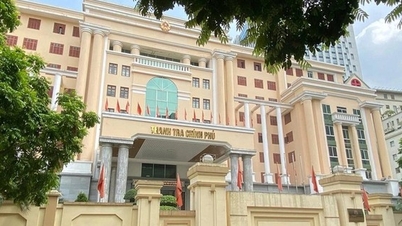




![[Photo] General Secretary To Lam and National Assembly Chairman Tran Thanh Man attend the 80th Anniversary of the Traditional Day of the Vietnamese Inspection Sector](https://vphoto.vietnam.vn/thumb/1200x675/vietnam/resource/IMAGE/2025/11/17/1763356362984_a2-bnd-7940-3561-jpg.webp)






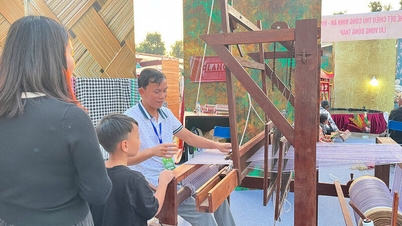


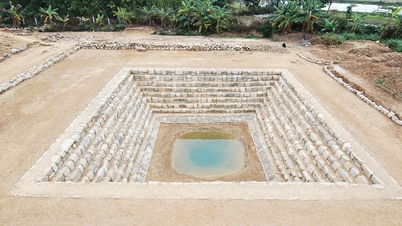

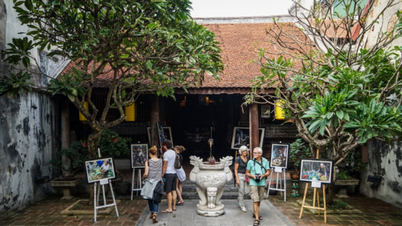

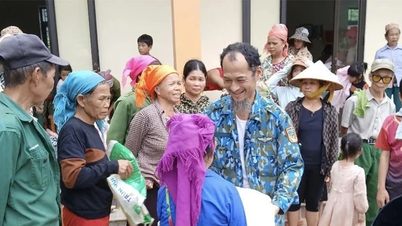







































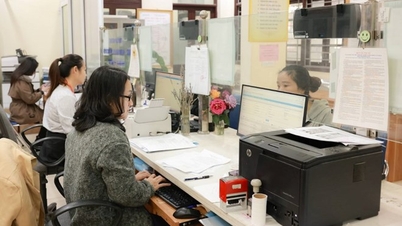







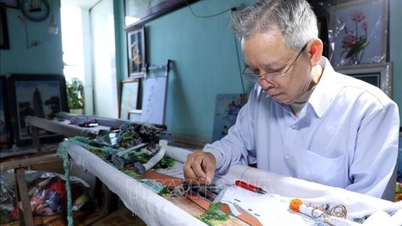

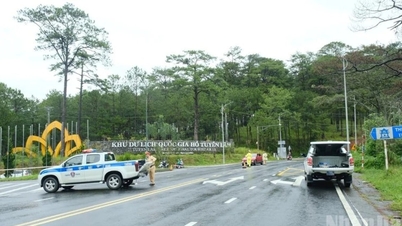

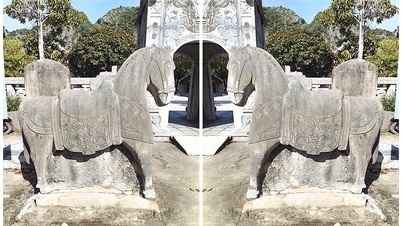













Comment (0)